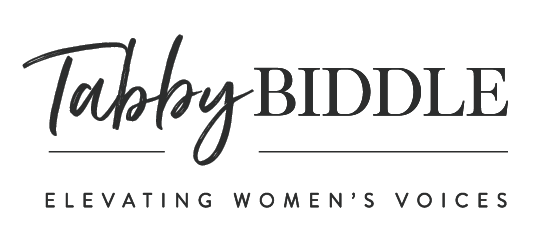A Woman's Portrait Will Grace the $10 Bill
by Tabby Biddle
Did you hear the news? The announcement has finally come. A woman's portrait will appear on the $10 bill. The Treasury has made it official.
I have been waiting for this moment for a long time. I have often wondered how my relationship with money, and women's relationship with money as a whole, would be different if women's images were to grace our bills.
Would we feel more entitled to money? Would we feel more at peace with money? Would we feel more in our power with money?
In the same way the image of a male God has dominated our lives (whether we are religious or not) and put women in an underclass position, the dominating images of men on money have too.
In the United States, only two women have ever appeared on our paper currency. Pocahontas appeared on a $20 demand note in 1865 and the $10 bank note in 1869. Martha Washington, in 1886, was featured by herself on the $1 bill and with her husband George in 1896 in the "educational series."
Susan B. Anthony, suffragist, women's rights campaigner and abolitionist, was later the first woman to have her likeness on a coin. In 1979, the U.S Mint officially released the $1 coin. These coins were minted until 1999, and no longer are in production.
One other woman had a very short stint on the $1 coin. In 2000, Sacagawea, the Shoshone Indian woman who was an essential figure in the success of the Lewis and Clark expedition, had her image on a circulating coin. The coin was in circulation for only three years and today is with collectors only.
Female representation on our nation's currency matters. It sends an important message to everyone about who we respect and who we value. How can women feel valued and respected if they are rendered invisible on our currency?
Female representation on our nation's currency also sends an important message about who are considered the rightful owners of money. Is it any wonder that women in the United States struggle with negotiating, asking for raises, and demanding equal pay with men for equal work?
Our money is something that touches the lives of almost every individual on a daily basis. It's time for equal representation.
Which historical woman would you like to see on the bill?
The Treasury has invited the public to use the hashtag #TheNew10 to share their ideas and spread the word about the redesign. They are looking for a woman "who was a champion for our inclusive democracy." (The only criterion, under law, is that she must be someone who is no longer living.)
Got some ideas?
Share them below with the hashtag #TheNew10.
Then go share them on your social media. #YourVoiceMatters #FindYourVoice
Tabby Biddle, M.S.Ed., is a women’s rights advocate, writer and leadership coach, specializing in helping women find their voice. She is the author of the #1 Amazon Bestseller, Find Your Voice: A Woman’s Call to Action, now available in paperback. Get your copy here.
photo credit: Quinn Dombrowski via Creative Commons

